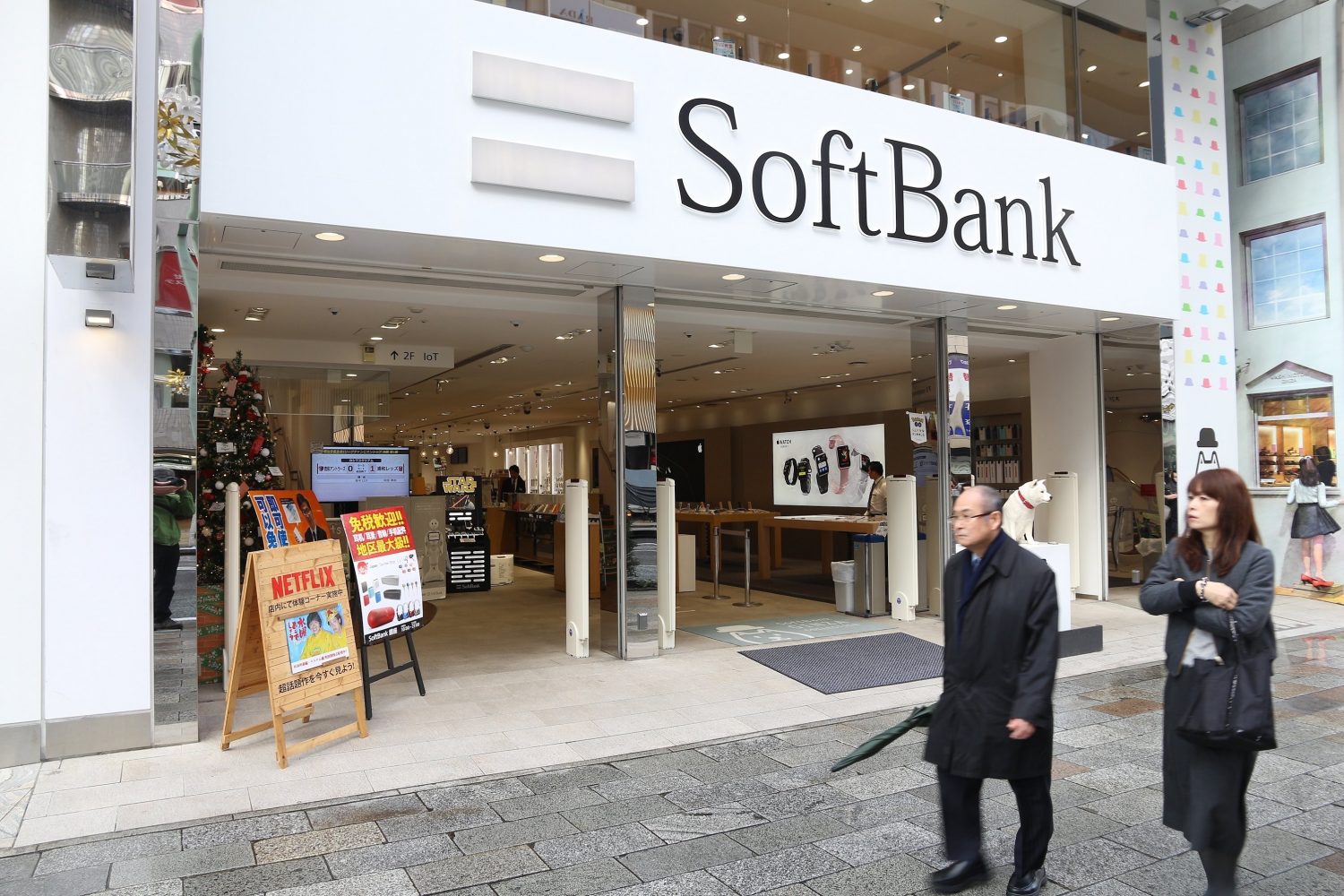Why MiCA Is Overly Burdensome Regulation for Ukraine’s Crypto Industry
Nine years ago, during the Revolution of Dignity, Ukraine chose its future within the European Union. From that very moment, Ukraine hasn’t stopped fighting for its choice. Russia’s full-scale war against Ukraine is the main reason for the invasion is Ukraine’s pro-European movement and its desire to distance itself from the eastern neighbor.
On June 23, 2022, the leaders of the 27 EU member countries made a historic decision to grant Ukraine the status of a candidate for membership in the European Union, the first step towards сountry’s joining the European family. Candidate status means that Ukraine is firmly moving towards full-fledged EU membership.
Oleksandr Bornykov is Deputy Minister of Digital Transformation of Ukraine on IT industry development and head of the Diia City project.
The integration process involves adapting national legislation to the pan-European standards. In aligning with the EU, the National Commission on Securities and Stock Market decided to adopt the Markets in Crypto-Assets Regulation (MiCA) into the national legal framework. The implementation of MiCA marks a significant step towards creating a harmonized framework for the regulation of crypto assets and related services within all 27 EU member states. The European Union is expected to become the first major jurisdiction in the world to establish a comprehensive regulation around crypto assets.
For the EU crypto industry, MiCA indeed may represent a true game-changer. Today, crypto companies have to comply with 27 different regulatory frameworks in EU member states if they want to serve the single EU market. Under MiCA, pan-European regulations will enable crypto-service providers authorized by a competent authority in one EU member state to operate across the entire EU market under the “passport” regime.
However, with implementing all MiCA provision into its national legislation, Ukraine won’t be able to provide the same “passporting rights” to crypto companies because the country is not a full-fledged EU member. Therefore, the absence of “passporting rights” with implementation of stringent regulatory requirements will significantly limit the attractiveness of Ukraine’s jurisdiction.
The MiCA rules enforce multiple excessive disclosure requirements and liabilities on crypto platforms and token issuers, covering authorization, supervision of transactions, capital requirements, professional qualifications of management, content of whitepapers and marketing communications, among others, lots of requirements mainly borrowed from approaches common in traditional securities market regulation.
Moreover, issuers of new tokens must abide by new regulations. These requirements might be feasible for mature crypto players who have been operating in the EU market for a while, possess substantial capitalization, and can easily cover the legal substantive and compliance costs to align with the new regulation.
Despite Ukraine being the birthplace of numerous crypto startups, such as Bitfury, Hacken, Everstake, Matter Labs, GlobalLedger, and Crystal Blockchain, none of them are registered in Ukraine. The reason is simple: crypto companies cannot legally obtain authorization in the country, even if they desired to do so, because there is still no workable legal framework.
Stricter regulations threaten competition
Stringent regulatory rules will limit competition in the Ukrainian crypto market. Only a minority of crypto players will be able to handle overly burdensome requirements and liabilities. This type of market is often referred to as a “provider-driven market,” in contrast to more competitive “user-driven markets.” To some extent, this dynamic becomes evident in the example of the traditional financial market, where banks, in the absence of competition, often impose unfavorable, and sometimes clearly exploitative, terms of service on retail customers.
Excessive compliance measures may create barriers for new CASPs. MiCA requires the drafting of a formal whitepaper that explains many details of a token project before it can be issued or listed on a crypto exchange. Such a requirement will add significant costs to the issuing process and greatly increase the risk of a company being taken to court. According to an impact assessment conducted by the European Commission in 2020, a whitepaper could cost between €35,000-€75,000 ($38,000-82,000), and further compliance costs could range from €2.8-16.5 million, potentially creating too high of an entry barrier for new crypto asset service providers (CASPs).
Crypto exchanges will undoubtedly try to shift those excessive compliance costs onto consumers by raising the cost of using their services. As a result, consumers will feel the price of excessive regulation from their pockets. In a time of war, such an outcome is certainly not what Ukrainian crypto users are seeking.
Legal vacuum for crypto assets out of the scope of MiCA. The MiCA Regulation will not apply to crypto assets which are classified under the already existing legal framework, including financial instruments, funds and means that are not e-money tokens, deposits, including structured deposits, miscellaneous insurance and pension products, and securitization transactions. In Ukraine, we proposed a similar approach, but currently we have no necessary amendments to the national legislation regarding traditional financial markets. As a result, issuers of such crypto assets will be unable to obtain authorization in Ukraine.
Furthermore, the provisions of MiCA Regulation will not apply to NFTs. Therefore, by adopting these rules, the process of tokenizing of unique real-world assets, will become a lot more challenging in Ukraine.
Ukraine can shape its own policy
Whether MiCA will be able to encourage further growth of the European crypto industry will only be understood over time, once we observe how these new standards are implemented. Otherwise, Ukraine may end up in a situation where we have European crypto legislation without a regulated mature crypto market itself.
Instead of retaining our crypto talents at home, crypto startups with Ukrainian roots will prefer to obtain authorization and incorporate their business in European jurisdictions with “passporting rights.” As time passes, we will not be able to ensure the de-shadowing of the crypto-based economy, some of whose dubious quality services Ukrainian users continue to utilize.
I firmly believe Ukraine would be wise to adopt only the most technically feasible provisions of the MiCA Regulation. In this way, we could avoid overly excessive regulation for our emerging crypto market, allowing companies to develop their business and gradually adapt to the new regulatory rules. After all, the European Parliament does not force Ukraine to move faster than necessary.
Our national “homework” is not just about “copy-pasting” European legislation, but creating a competitive jurisdiction for a new sector of the digital economy that will contribute to the postwar recovery of our country. When Ukraine becomes a full-fledged EU member, we will not be obliged only to align our national legislation with pan-EU standards, but the government will also be empowered with voting rights to shape European crypto policy by sharing our best practices on crypto regulation. We have to think strategically and utilize our time wisely if we want to make Ukraine a top destination for crypto business.
Edited by Ben Schiller.









